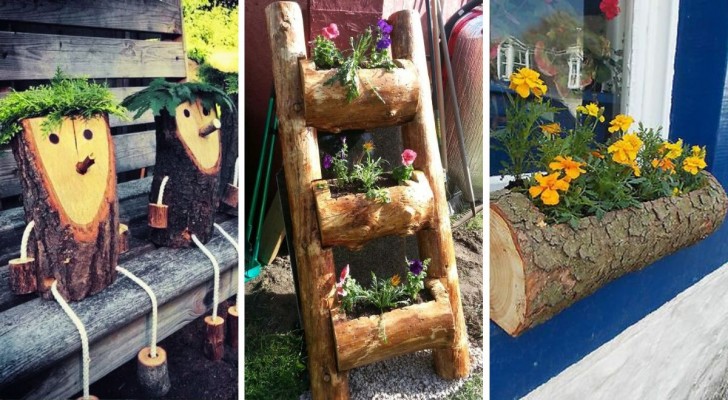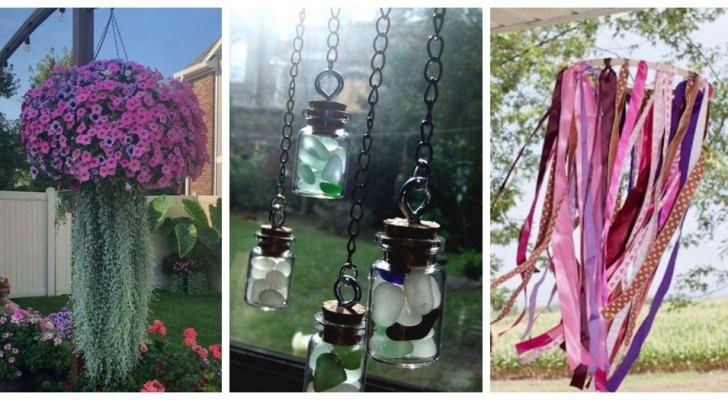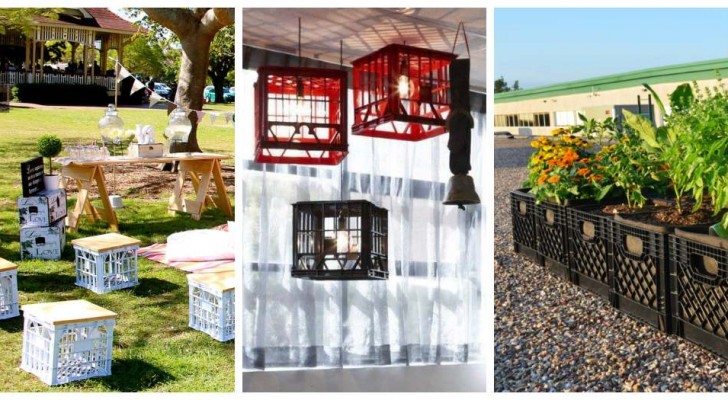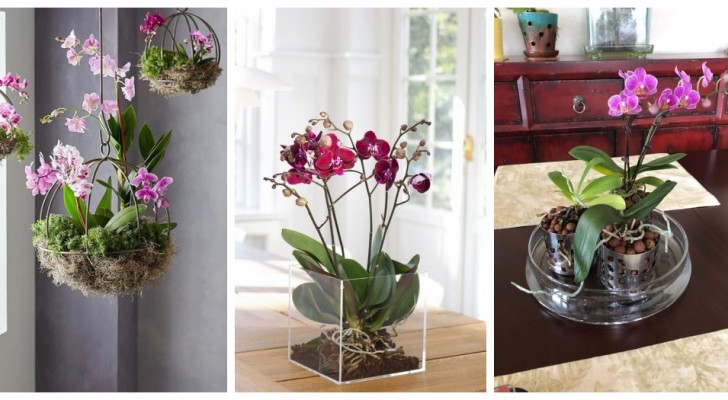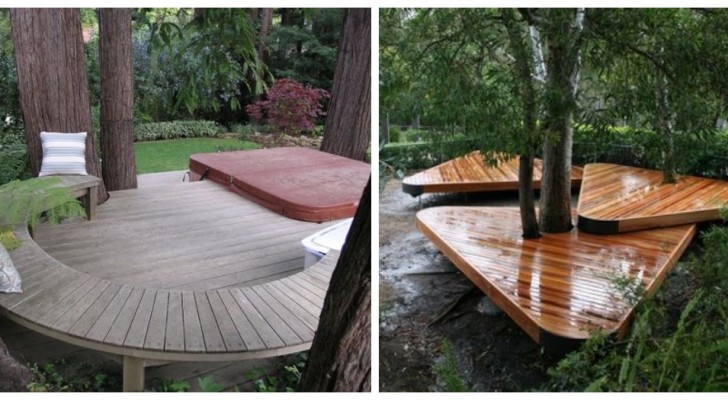Hanging plants: 10 fantastic ideas for decorating with suspended plants

An ingenious and very effective way to combine furniture, DIY projects, creativity and gardening concerns the decoration of interiors and exteriors with so-called hanging plants. There are plants and containers of all kinds and shapes and they can satisfy many different tastes. Each type of plant favours a suitable display mode to enhance the environment and, in all cases, the fact that they are hung makes them a perfect fit for any type of space and setting.
From plants with macramé pot holders to the Japanese art of kokedama, the models you can be inspired by are truly numerous. By the by, Kokedama is a ball of soil, covered with moss, on which an ornamental plant grows. Here are some wonderful ideas to get you started:
One of the most popular ways to hang plants is to use pot holders made using macramé. A series of plants suspended in this way, inside a wooden frame, is a winning idea. Depending on the type of frame, you can have a minimalist or more baroque decorative style. Taking into account the size, this frame can act as a very original artwork or, if it is larger, it can become a stand-alone feature.
If you want to create a more rustic or natural atmosphere, the plants, in their pots / containers, can be hung at different heights, from a tree trunk, for example.
Or it is possible to create a larger feature formed from a macramé structure and a larger supporting surface for holding more than one plant. The result will be that of a shelf hanging from the ceiling - a sort of a swing for plants.
And for an even more naturalistic style, you can hang small trunks and hollow them out to make plant holders. Some succulents will look really good on in this unique planter.
A more elegant and refined alternative are small terrariums placed inside glass spheres or jars. Hanging from the ceiling or from a special support, they will become a real feature.
Then there are the classic drooping apartment or balcony plants (ivy, for example), placed in hanging pots which, although very common, can be arranged creatively. You can, for example, play around by arranging them at an increasing heights up a flight of stairs.
While, for those looking for something less conventional and more spectacular, the same species of hanging plants can be placed inside round frames to simulate water that is flowing from a pipe or is being poured from a vase.
Even more spectacular is the idea of a ceramic vase depicting a face. Placing a drooping plant in it will ensure that the branches, leaves and flowers become the "hair" that frames the face.
And there are those who, on the other hand, prefer creepers to drooping plants. The idea is to hang one or more of them and build near to them a structure in the shape of a net or grid attached to the wall. By directing the plant to climb along the structure, a small, truly chic vertical garden will be recreated.
Finally, there is the most unusual, but very unique idea of the kokedama method. This is the Japanese art of hanging plants without a vase. Kokedama plants are of various types and are grown in moss-covered soil spheres / balls. In fact, the Japanese term kokedama means "ball of moss". Dealing with these little botanical works of art obviously requires more care and less improvisation. But for the more experienced and passionate gardeners, it could be a really satisfying choice.
In short, there is a host of combinations to try when considering this type of DIY project. However, we would like to remind you that every plant requires care and frequent attention to live and grow to its full potential.
